Exhibition place:First Floor, Fashion Gallery, China Silk Museum
Exhibition time:2024.11 - 2025.2
Preface
"Wedding clothes" is the traditional name for wedding clothes in China, and the meaning of the word implies the cultural color of traditional wedding ceremonies and folklore. Marriage and wedding ceremonies have always been regarded as the core rituals of society and a symbol of culture and value. The exhibition explores the inheritance and change of Chinese wedding costumes since 1949, and examines the development of women's wedding costumes in social and cultural contexts.
The exhibition consists of "Simplicity - Purity - Collectivism and Revolutionary Colors", "Change - Integration - Waves of Reform and Diverse Fashions", "Folklore" and "Folklore". "Folklore - Ethnicity - Rituals and Costumes of Colorful Ethnic Groups", and "Civilization - Crossroads - Traditional Chinese Intangible Skills and Western Crafts". The exhibition consists of four sections: "Reform - Waves of Reform and Diverse Fashion", "Folklore - Ethnicity - Rituals and Dresses of Colorful Ethnic Groups" and "Civilization - Crossroads - The Interaction of Chinese Traditional Non-legacy Skills and Western Crafts". Through the exhibition of wedding dresses from different periods from 1949 to the present, the exhibition presents the beauty and style evolution of Chinese women's wedding dresses, explores the inheritance and change of Chinese women's wedding dresses under the influence of social change, political history and market economy, analyzes the shaping of women's status and social roles in different periods of time, as well as the cultural identities, social significance and gender discourses behind them, and investigates the importance of wedding dresses to the modernization of Chinese and national culture and heritage. The exhibition will explore the significance of wedding ceremonies for China's modernization and national cultural heritage.
Through the display wedding costumes and related cultural relics, the exhibition will recount the history and evolution of Chinese women's costumes from the founding of the nation in 1949 to the present day with the theme of the dowry, the development of China's wedding costume industry, the craftsmanship characteristics of wedding costumes, the culture and inheritance of ethnic minority wedding costumes as well as the fascinating stories of women and the dowry in different periods.


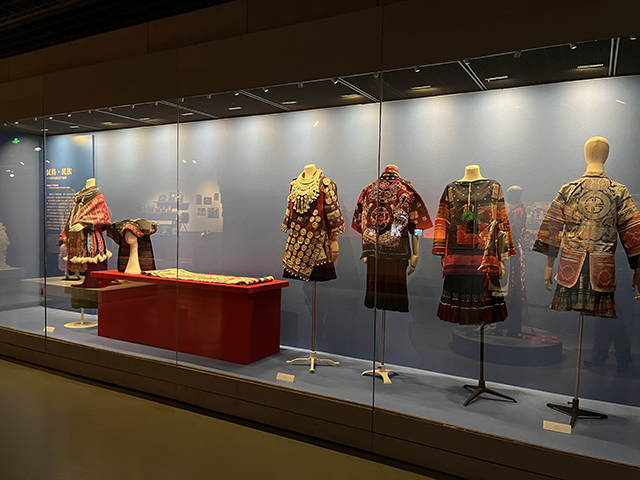
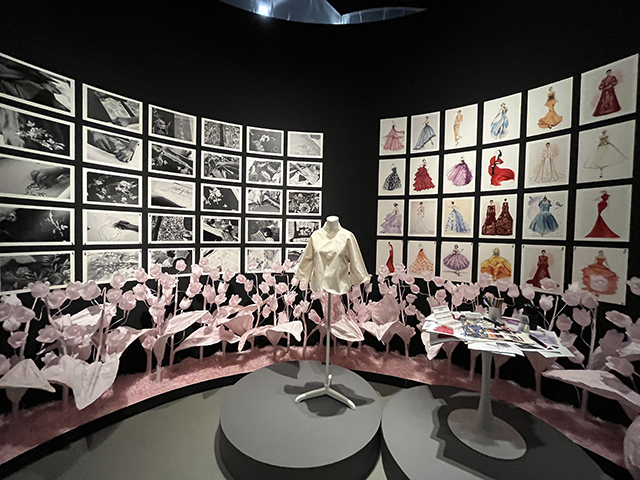
Simplicity -Purity——Collectivism and Revolutionary Colours (1949-1978)
On April 30, 1950, the first Marriage Law of the People's Republic of China was promulgated, and the feudal system of marriage etiquette, as well as traditional wedding attire such as cape and cape, which symbolized the old system, were gradually discarded. Freedom of love and autonomy in marriage then became a mainstream view of marriage. As the country advocates the social trend of thrift and frugality, the overall style of dress is mainly simple, plain and practical. The grand ceremonial sense of the wedding dress was weakened, and gradually tended to daily dress, revolutionized into beauty and trend.
This unit focuses on the development and change of Chinese traditional wedding dress during 1949-1978, combing the unification and simplicity of the collectivist wedding dress in the early period of the founding of the People's Republic of China and the short-lived Soviet fashion, and then to the green military uniforms, which are mainly the "revolutionary couples with many strange aspirations, do not love the red dress and love the armed forces", and the characteristics of the de-sexualization and ageing. Age-oriented characteristics. In this period, whether it is for daily life or wedding occasions, the dress is always replaced by militarized, simple and life-like dresses, such as Chinese mountains, shirts, and professional dresses (such as work uniforms, etc.).
Change - Integration - Waves of Reform and Diverse Fashions (1978 to present)
In the 1980s, the wave of China's reform and opening up swept across the country, accelerating the process of social openness, and Western culture began to spread widely in China and influence every aspect of the daily life of the Chinese people. During this period, China's wedding dress culture once again experienced a "westernization" process, suits and wedding dresses became the main wedding dresses of the Chinese people. In the 1990s, the trend of fusion of East and West increased significantly, not only led by the cities, but also penetrated into remote villages, and the red suit, as a model of fusion of East and West, was especially favored by rural brides, fully demonstrating the fusion of Western elements and traditional Chinese culture in the wedding dress.
Into the 21st century, by globalization and China's accession to the WTO WTO to accelerate the modernization process, as well as the rapid development of Internet technology and social networking and other influences, and gradually towards internationalization, diversification, personalized development. Along with the booming domestic clothing and fashion design industry, haute couture and emerging fashion brands emerge, China's comprehensive national power to promote the public's thirst for traditional culture to enhance the Hanbok renaissance movement to open the prelude to the trend of traditional wedding clothes. At the same time, under the influence of celebrities, star effect and media publicity, customized Malay gowns, show clothes and Tang suits have gradually become the highlights of Chinese weddings in the new era. Early rental wedding dresses have also shifted to private customization to meet diversified wedding needs with the prevalence of economic development and consumer culture.
In addition, modern technology has been integrated into the design of wedding dresses, with 3D printing and smart wearable technology giving rise to unique and avant-garde wedding dresses; laser engraving technology has enabled traditional patterns to be reproduced and integrated into modern aesthetics, giving wedding dresses a new artistic vitality. The continuous evolution of the fashion industry and the deepening of cultural exchanges have jointly promoted the development of wedding apparel in a more diversified, avant-garde and inclusive direction, demonstrating the unique charm of the in-depth integration of science and technology and art.
Folklore -Ethnicity - Rituals and Costumes of Colorful Peoples
Dress, as an external representation, is a formal sign of the rituals of life, and changes in dress symbolise changes in social norms, social status and identity roles. As a part of the marriage ritual culture, the dress is a symbol, a demonstration and a blessing. In traditional consciousness, "getting married" is an important turning point in the destiny of ethnic minority women, and many of them place their hopes for the future in their own sewed wedding clothes. "As an important symbol of ethnic culture, the dowry of ethnic minorities contains the essence of ethnic culture, and the display of ethnic minority dress culture realises the communication and interaction between dress art and living folklore, enhances the social cognition of consumers' fashion culture, and injects the new impetus of ethnic culture.
This unit mainly displays the wedding dresses of various ethnic groups, which contain deep cultural heritage, traditional handicrafts and textile techniques all show the unique charm and diversity of minority dress culture. These wedding garments are not only costumes, but also record the hard work, wisdom and creativity of ethnic minorities, as well as the national spirit passed on from generation to generation, which is a symbol of cultural inheritance and a valuable cultural heritage.
Civilization-Convergence - Exchange and Mutual Appreciation between Chinese Traditional Non-Foreign Arts and Crafts and Western Crafts
This unit mainly displays the classic and fashionable wedding dress brands of traditional domestic wedding dresses, leading the audience to explore the production background of wedding dresses, with the core concept of "behind-the-scenes world". From the delicate embroidery process to the complex cutting techniques, each step reveals the exquisite skills and deep emotions of the craftsmen, and the classic Chinese wedding dress reveals the temperature and charm of traditional culture. In addition, the integration of fashion wedding dress brands and contemporary innovative technology, fashion and technology complement each other, and the exquisite craftsmanship of three-dimensional tailoring and the ingenious integration of Chinese and Western elements jointly create wedding dress works with international vision and local characteristics.
The audience experiences it in person, feeling the cultural significance and emotional value behind each wedding dress.
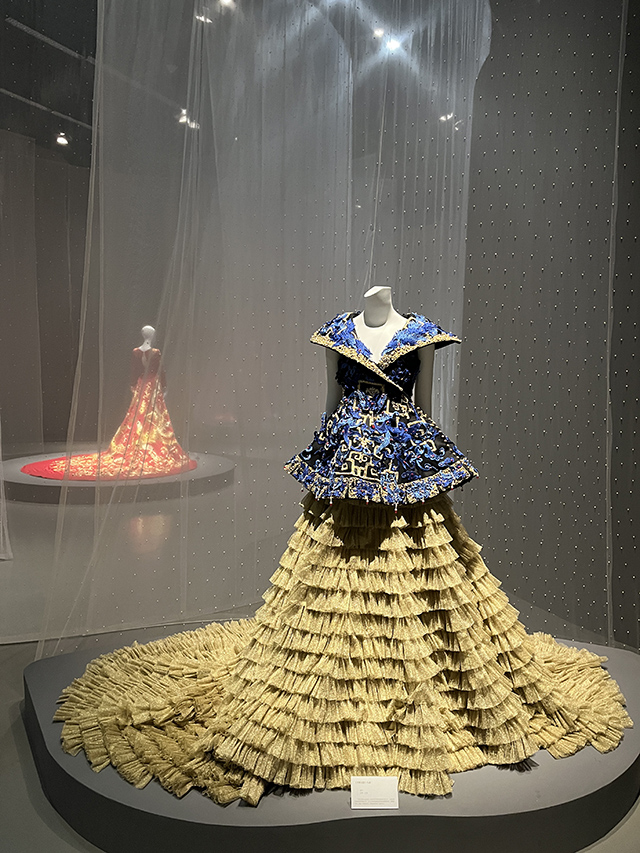
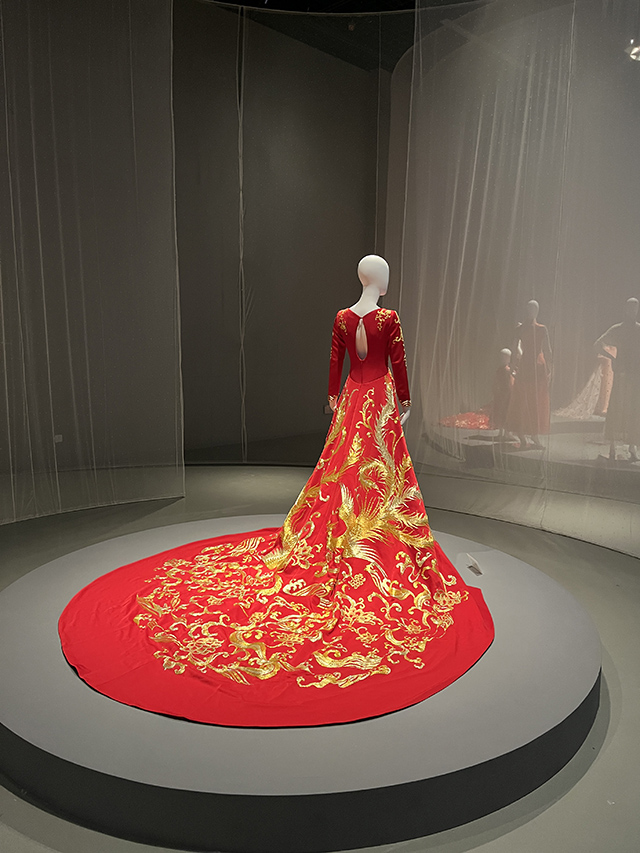
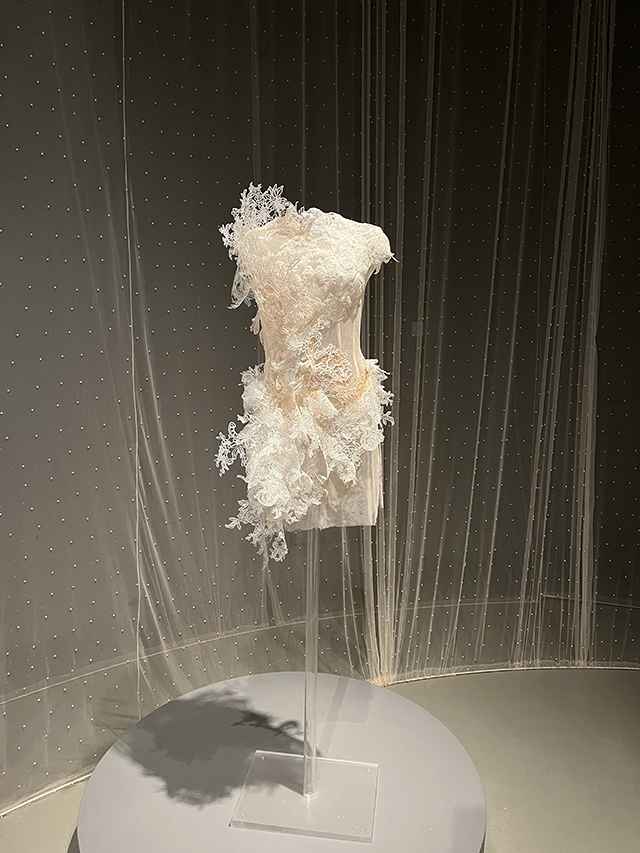
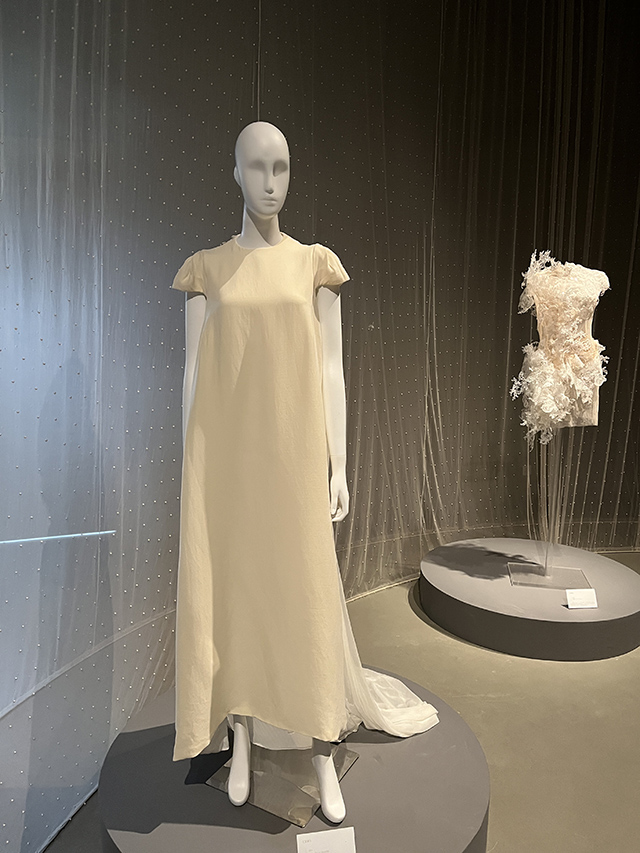
 Pay attention to us
×
Pay attention to us
×